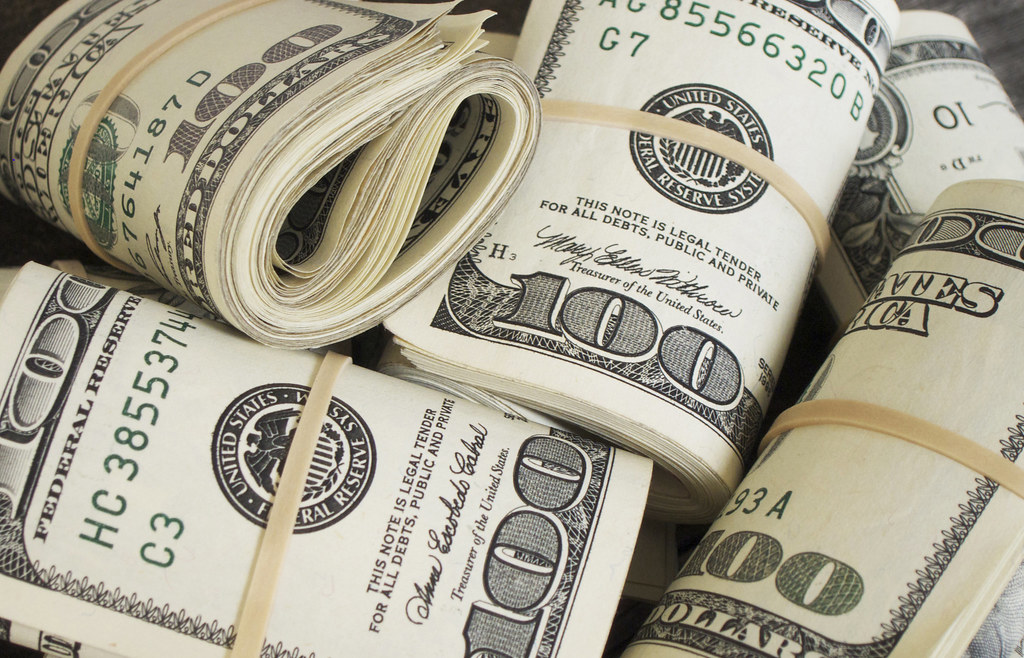Imagine this: you’re in your favorite store, surrounded by the enticing aromas of new products, and faced with the exhilarating dilemma of choice. One shelf boasts elegantly designed bottles of premium vodka, marketed to evoke images of sophistication and luxury, while the other offers budget-friendly options that deliver similar taste and experience, albeit with plain labels; the question is, which to choose?

As your mind races, familiar phrases echo in your head: ‘you get what you pay for,’ ‘better costs more,’ and ‘treat yourself to luxury.’ But are these thoughts rooted in reality or simply a lure to splurge under the assumption that pricier items must be superior? In our modern world of online shopping, the perception of value is shifting, and bragging rights among friends often hinge on who scored the best deal.
The shiny allure of expensive products in overproduced advertising with high priced celebrities is an appeal, it is not a guarantee of superior quality. There is a entire industry of professionals dedicated to separating you from your money based on looks not quality. It is the world of pricing psychology where the difference between $3.99 and $4.00 is a not about a penny. It is a carefully calculated orchestrated strategy to encourage you to spend your money.
Pricing tactics cleverly manipulate our long-held belief that higher prices equate to superior quality, starting from your morning coffee shop visit. The menu presents ‘regular’ coffee for $2.50 and the fancily named ‘Grande Super Roast’ for $4.50, showcasing luxurious imagery contrasting the plain cup with alluring visuals of the ‘Grande,’ creating a perception of worth based on presentation alone; if the cheaper brew was truly subpar, would loyal customers return for more? The coffee shop must deliver quality to stay afloat, yet they happily charge more for a well-packaged product while you ponder if you should indulge.
The above coffee example is played out every day encouraging you to crave a higher priced product with the mistaken belief that more expensive is better. Like Pavlov’s Dog, who was conditioned to expect food when the bell rang, consumers are being trained to relish the luxury of high-priced products. They are convinced that higher price means a superior item. Consider more examples and become an educated shopper.
Take Monster cable, for instance, which offers high-end audio cables at steep prices, despite independent tests revealing their performance is only marginally better than basic alternatives. The allure of premium branding entices consumers to pay a premium, even as many have little need for the special features that drive sales, demonstrating the power of marketing over actual necessity.
In everyday shopping, the myth that price equals quality can be questioned. Premium is being challenged to a dual of proof by brands that are looking to capture market share by offering quality at a cheaper price. Kirkland Signature and Coway Airmega AP-1512HH Mighty air purifier are openly jostling with the premium market by offering solid performance and durability at a fraction of the cost.
To navigate the waters of smart shopping, it’s crucial to discern when it’s worthwhile to pay extra for premium items and when it isn’t. By honing these skills, you can enhance your purchasing decisions, ensuring you maintain a quality lifestyle while being financially savvy; consider past consumer experiences, reliable reviews, and satisfaction surveys as you navigate this landscape.
Let’s go back to the vodka example. Premium vodka brands are seducing you into a luxurious experience. The reality is that the fancy bottle and attractive labels held by million dollar celebrity influencers do not offer a more distinct experience than the plain label and simple bottle affordable counterpart.
Interestingly, when it comes to vodka, the distillation methods are fundamentally the same across different price ranges. This means that the liquid inside a $100 bottle bears striking similarity to that in a bottle priced under $20; brands like Kirkland Signature and Pinnacle are excellent choices for restocking your home bar without breaking the bank.
In the realm of smart-home technology, prices are dropping as the market matures, allowing high-quality gear to be more accessible at lower price points. According to Rachel Cericola from Wirecutter, the finest smart-home products aren’t necessarily the priciest ones; innovative and efficient options like budget-friendly light bulbs and security cameras can enhance your living environment without sacrificing quality.
Bicycles push the lure of high-end models with carbon-fiber components. Cycling enthusiasts seeking the best experience have become convinced that it is the way to pedal. Wirecutter senior staff writer and cyclist Tim Heffernan sees it differently. He points out that midrange bikes often provide the same, if not better, durability and functionality for everyday riders. He goes on to explain that the additional cost of top-of-the-line bikes rarely translates into a markedly better riding experience for the average person.
As air purifiers gain popularity amid rising concerns for air quality, the Coway Airmega AP-1512HH Mighty serves as a reminder that higher costs don’t guarantee superior performance. Tests reveal that effective HEPA filters can also be found in budget-friendly models, meaning that strategically placing several less expensive units around your home might be just as effective as investing in one high-end device.
The kitchenware category also highlights the fallacy that higher prices mean better quality; for example, both the Lodge Chef Collection Cast Iron Skillet and the Tramontina Professional Fry Pan are celebrated for their performance and affordability. These products challenge the notion that more expensive kitchen items inherently offer better durability and longevity.
Now let’s get back to coffee. The allure of high-end coffee brewers and premium beans is undeniable for coffee aficionados. However, methods like the Chemex or French press not only cost less than many drip machines but also elevate the taste of more affordably priced coffee beans. This approach allows coffee lovers to enjoy a rich, nuanced cup without overspending on equipment or ingredients.
Across various consumer goods, a consistent theme emerges: high prices do not guarantee quality. Cost-effective alternatives to trendy brands may provide a superior experience without the hefty price tag; by doing thorough research and comparisons, you can determine whether you’re simply paying for fancy packaging, celebrity endorsements, or a product that truly delivers value.
Related posts:
25 Things Where Expensive Doesn’t Mean Better
Ask Wirecutter: Are There Cheap Products That Are Better Than Their Pricey Counterparts?
Expensive isn’t always better




